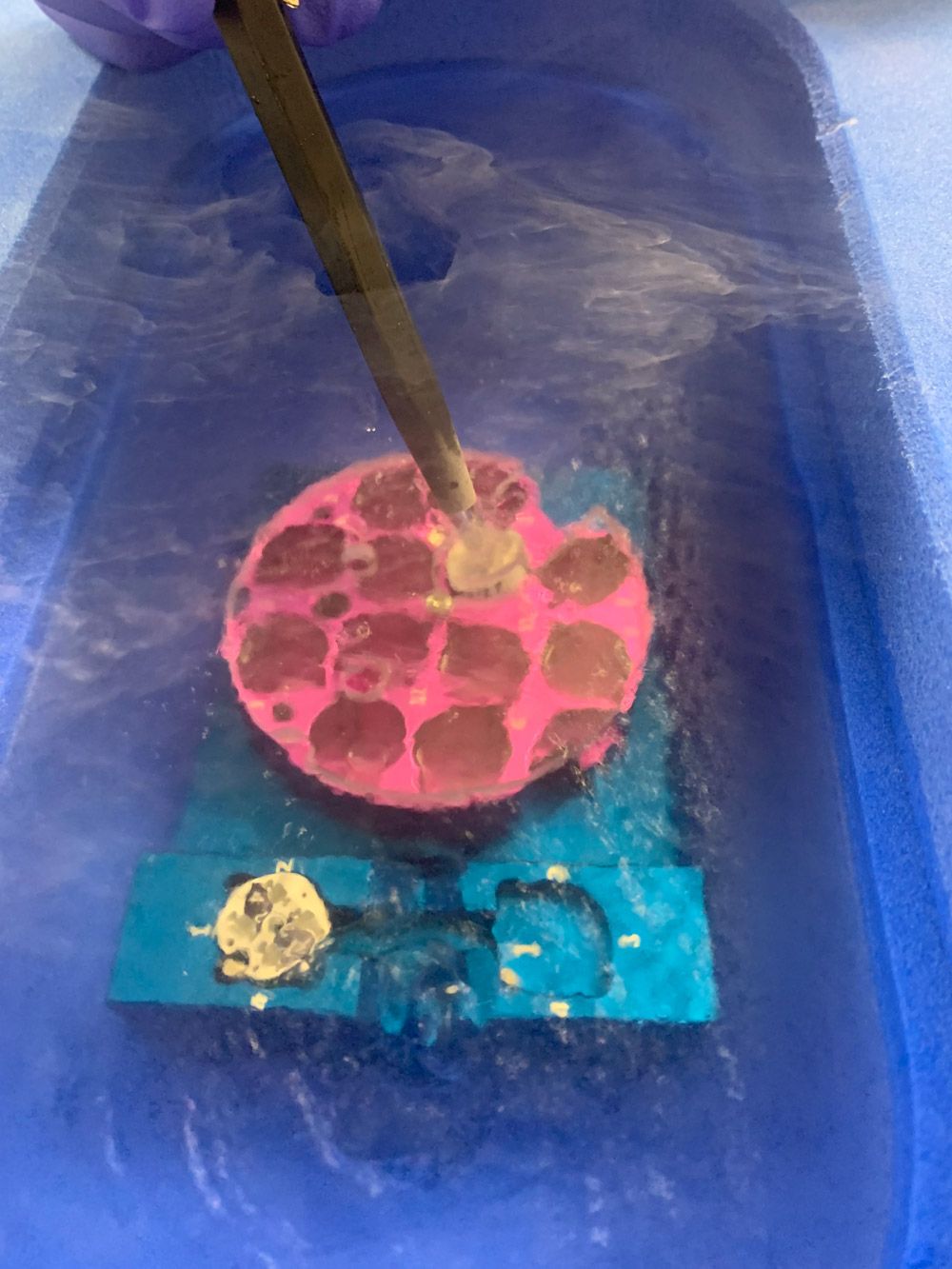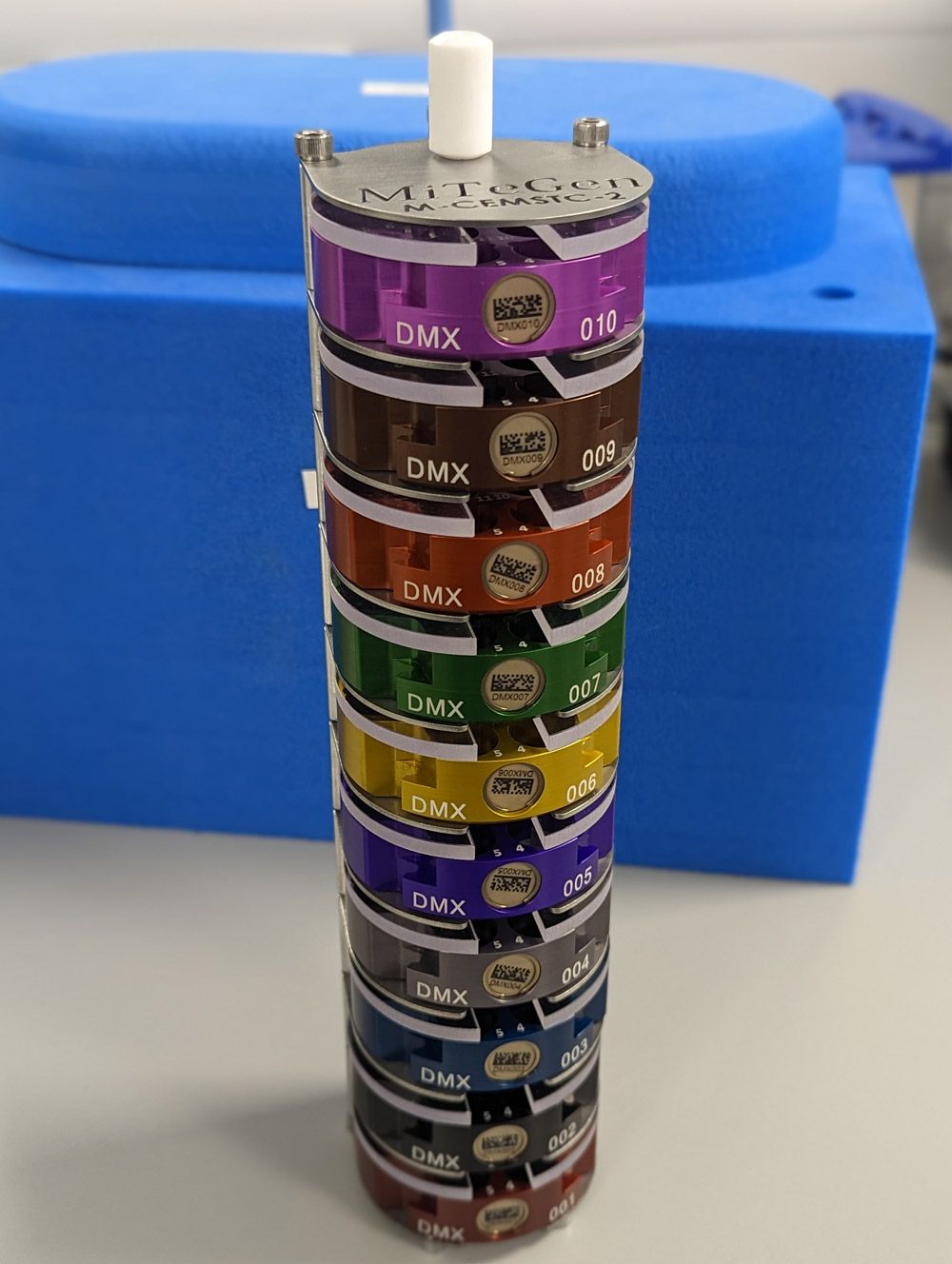- About
-
Solutions
-
Services
- Biosciences
- Chemistry
- Integrated Drug Discovery
- Computer Aided Drug Design
- Hit Identification
- Target Classes and Modalities
- Therapeutic Areas
-
A-Z
- A
- B
- C
- D
- E
- F
- G
- H
- I
- K
- L
- M
- N
- O
- P
- R
- S
- T
- V
- X
-
Services
- Library
- News & Events
- Careers
Cryogenic Electron Microscopy (Cryo-EM)
Structural analysis of proteins at cryogenic temperatures
Cryogenic electron microscopy (Cryo-EM) is a microscopy technique applied to samples cooled to cryogenic temperatures. Samples are rapidly frozen (vitrified), preserving the sample in its native state. A transmission electron microscope (TEM) is then used to capture two-dimensional projections, which are combined to make a 3D model. The technique is applicable to a wide range of protein targets including membrane proteins, such as GPCRs and ion channels, and does not require crystallisation of the protein which allows flexible conformations to be observed.
Cryo-EM is the method of choice for large proteins or protein complexes, particularly when crystallisation has proved challenging. Proteins with molecular weights >100 kDa are preferred, as proteins with smaller molecular weights can be challenging. However, this can often be overcome by the addition of fiducial markers.
Our in-house expert microscopists will generate Cryo-EM structures for your project using external state-of-the-art data collection facilities accessed through our partner agreements.
Advantages of Cryo-EM
- The rapid vitrification treatment of the sample maintains its closer-to-native state
- A relatively small amount of sample material is required compared to X-ray crystallography
- Captures flexible conformations
- Can determine structures of heterogenous protein complexes
- No extensive construct optimisation required, such as removal of post-translational modifications
- It does not require the protein to crystallise
- High sample purity is not required
- Can be combined with our PoLiPa technology to generate structures of membrane proteins
Domainex also offers the complementary technique of X-ray crystallography and our experts can help you decide which is the best approach for your project.


Start your next project with Domainex
Contact one of our experts today